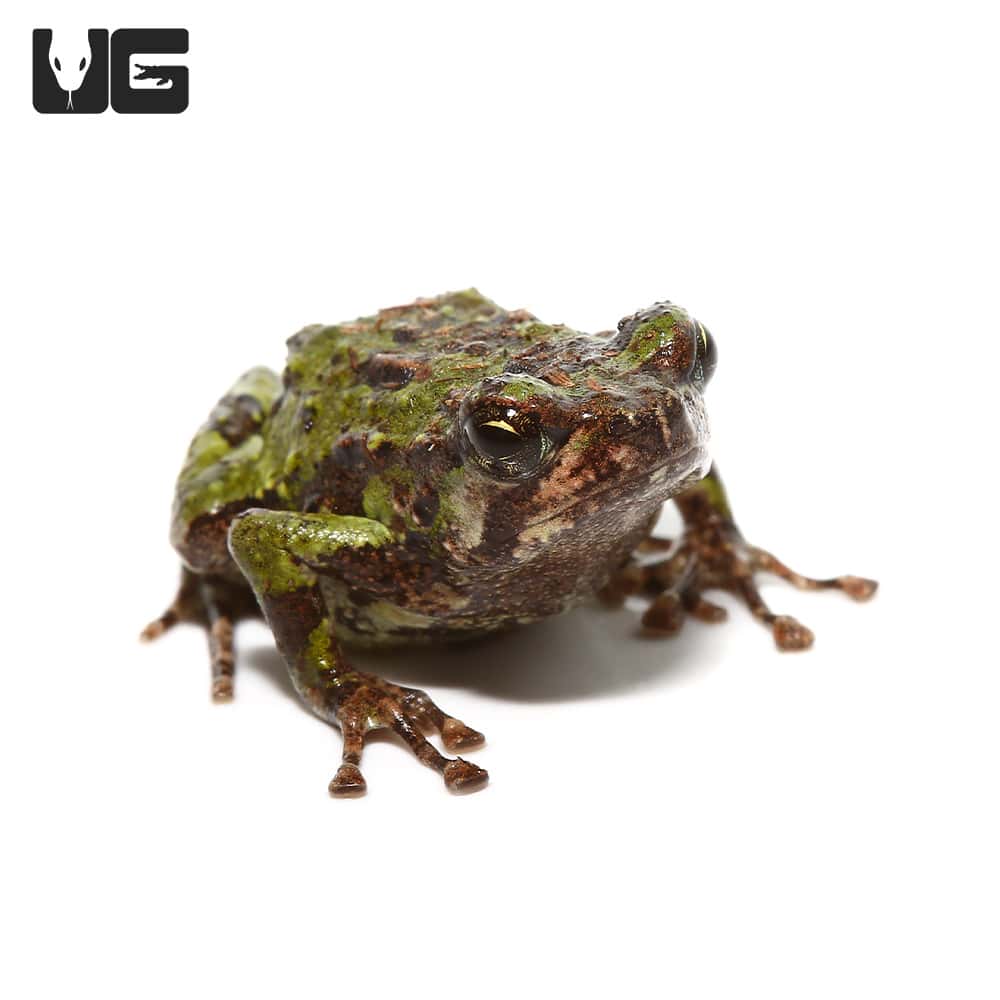Uncover Rare Rain Frog for Sale: Raise Your Amphibian Collection Today!
Uncover Rare Rain Frog for Sale: Raise Your Amphibian Collection Today!
Blog Article
The Most Effective Reptile Enclosures: Just How to Produce the Ideal Environment
Developing the perfect habitat for reptiles is not almost putting them in a tank or unit; it includes a thoughtful factor to consider of various aspects that add to their general wellness. From the dimension of the enclosure to the type of substratum made use of, every aspect plays a critical function in providing an atmosphere where your reptile can prosper. By recognizing the particular needs of your reptile species and applying the right habitat arrangement, you can guarantee their health and happiness in captivity.
Choosing the Right Room Dimension
When picking an unit size for reptiles, it is crucial to consider their all-natural habits and area requirements to guarantee their health and wellness. When it comes to environment area, various reptile types have differing needs. Arboreal types like chameleons or tree snakes need upright space for perching and climbing up, while terrestrial types such as bearded dragons or leopard geckos require even more floor area for exploring and thermoregulation. Marine turtles like red-eared sliders require rooms with both water and land areas for swimming and basking.
A general policy of thumb is to offer enough space for the reptile to exhibit natural actions, such as basking, hiding, climbing, and foraging. By very carefully thinking about the details needs of the reptile types in question, proprietors can develop an appropriate and enriching habitat that advertises overall health and urges all-natural actions.
Establishing Proper Heating Elements
To ensure the wellness and health and wellness of reptiles in their enclosures, it is vital to meticulously establish correct burner. Reptiles are ectothermic animals, suggesting they rely upon outside warm resources to regulate their body temperature. When establishing home heating aspects in a reptile room, it is critical to consider the particular temperature needs of the species you are caring for. Various reptiles have varying temperature level requires based on their natural habitat, so it is essential to study and recognize these demands.
One common and effective home heating element for reptile units is a heat lamp or ceramic warm emitter. These heat resources can be utilized to develop a temperature gradient within the enclosure, enabling reptiles to relocate between warmer and cooler areas as needed. Additionally, under-tank hot pad or warm mats can be utilized to offer stomach warmth, which is particularly useful for reptiles that require added warmth to assist in food digestion.
Keeping track of the temperature within the enclosure using a thermostat is necessary to make certain that the heating components are maintaining the ideal temperature array for your reptile. Consistently inspect and adjust the burner as needed to develop a comfy and healthy setting for your flaky friend.
Picking Appropriate Lighting Components

Supplying the Ideal Substrate
Selecting the proper substratum is essential for creating a ideal and comfy environment for reptiles in their enclosures. Some reptiles, such as desert-dwelling varieties like bearded dragons, grow on substrates like calcium sand or reptile carpeting, while others, like ball pythons, choose coconut husk or aspen bed linen to maintain humidity degrees.
Avoid substrates that can cause impaction, such as loose substratums like sand or crushed rock, especially for reptiles recognized to ingest their bed linen. Regularly cleaning and replacing the substratum is important to make sure a clean and hygienic setting for your reptile.
Designing for Enrichment and Convenience
Considering the substrate's function in supplying a structure for all-natural habits and maintaining an ideal environment, improving the reptile enclosure with correct decorations is essential for both enrichment and convenience. Decorations such as branches, rocks, hideouts, and fabricated plants not just develop a much more visually enticing environment but likewise offer useful functions. Branches provide climbing opportunities for arboreal varieties, while rocks can function as basking areas for warmth. Hideouts offer shelter and safety and security, minimizing stress and anxiety degrees for the reptile. Artificial plants not just improve the visual appeals but additionally give concealing places and enrichment by enabling the reptile to communicate and explore with its setting. When embellishing the room, it is vital to think about the reptile's species-specific requirements and actions to produce a useful source room that advertises physical and psychological well-being. By integrating a variety of designs that mimic the reptile's natural environment, owners can ensure their pet dog's comfort and promote their natural instincts, inevitably resulting in a happier and healthier reptile.
Final Thought

Producing the best environment for reptiles is not simply about placing them in a container or unit; it involves a thoughtful consideration of various elements that contribute to their overall well-being.Choosing the appropriate substratum is essential for creating a comfy and ideal setting for reptiles in their enclosures. Some reptiles, such as desert-dwelling varieties like bearded dragons, thrive on substrates like calcium sand or reptile rug, while others, like round pythons, favor coconut husk or aspen bed linens to maintain humidity degrees.
By incorporating a range of decors that mimic the reptile's natural habitat, owners can guarantee their important site family pet's convenience and boost their natural reactions, inevitably leading to a better and healthier reptile.
In final thought, producing the ideal habitat for reptiles involves picking the suitable enclosure size, heating elements, lighting components, substratum, and designs.
Report this page